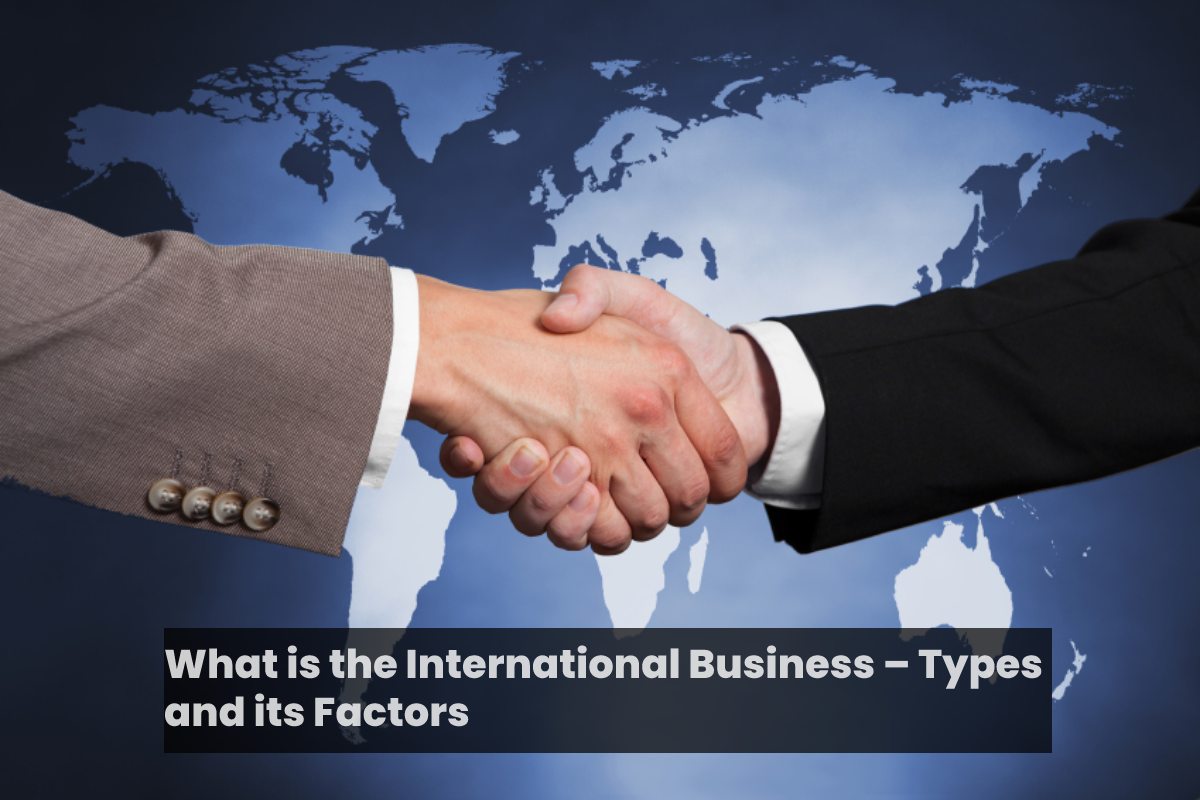International Business
International Business – The Cambridge Dictionary defines international business as “the trade activity in goods and services between countries.” However, international business goes beyond this definition. It has a vast scope. In this article, let’s understand the different areas of international business.
International business is cross-border transactions between individuals, companies, or government agencies. The transaction can be anything that has value. Some examples are:
- Physical goods
- Services such as banking, insurance, construction, etc.
- Technology such as software, weapons, and ammunition, satellite technology, etc.
- capital and
- Knowledge
For a better understanding, the word “goods” in this article includes all of the above items. We use the word “physical goods” for common goods.
When you are running an international business, you may also need a project management tool to run your business smoothly. When it comes to choosing a project management tool, you may get confused in selecting asana or Monday.com. We suggest you to make use of Monday.com
Also Read: All to Know About Indian Financial Structure
Types of International Business
All the major international companies in the world can be divide into seven main types. These can also be called business forms. Let’s see each one in detail:
Imports and exports
As the simplest and most widely used method, imports and exports can be considered the basis of international business. Imports are the entry of goods to the consumer markets of the country of origin, while exports are the sale of goods abroad. In short, import means to access, while export means an exit of goods in any form.
License
Licensing is one of the easiest ways to grow a business internationally. If a company has a standardized product with proprietary rights, it can license and distribute the products in the international market. Licenses originate in many forms, some of which are patents, copyrights, trademarks, etc. Products such as books and movies are often sold internationally through licensing agreements.
Franchising
Franchising is a very tangible way to grow a business both nationally and internationally. A parent company gives another company the right to do business using the parent company’s name/brand and products. The parent company becomes a franchisor, and the acquiring company becomes a franchisee. Many of the major restaurant chains in the world have used the franchise model to expand internationally. Some examples are McDonald’s, Pizza Hut, Starbucks, Domino’s Pizza, and many more.
Joint Ventures and Strategic Partnerships
A joint venture is a contract between two parties. It is an international company while another company has its local headquarters where the business is conducting. Both parties contribute to the assets and management of the company. As a result, they both share the profits. These parties can decide on the participation in the capital stock and the participation in the earnings by mutual agreement.
Conclusion
All of the above factors play an essential role in the success or failure of a company in its international business ventures. These factors must be consider during the research and planning phase to get the maximum benefit from them.












